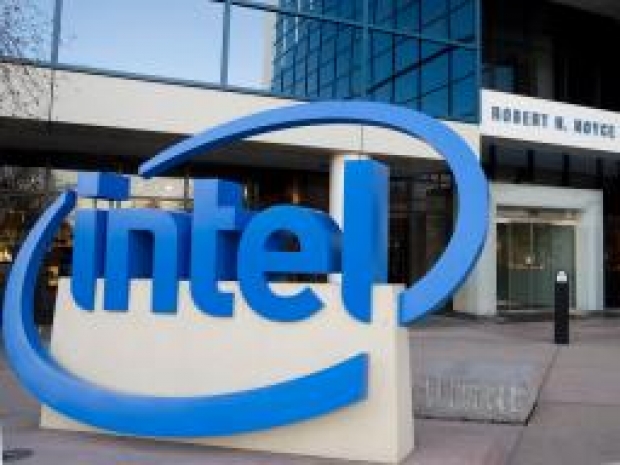Christened the Pentium Silver and Celeron, the 'Gemini Lake' CPUs aim to provide value for money performance at entry level price points. 'Gemini Lake' family will include the following CPUs —
- Intel Pentium Silver N5000 (for mobile) and J5000 (for desktop)
- Intel Celeron N4100/N4000 (for mobile) and J4105/J4005 (for desktop)
This is a step up as Intel's previous generation of processors for inexpensive desktop and notebook computers was based on the "Apollo Lake" design and combined two or four "Goldmont" CPU cores, Intel HD 500 or HD 505 graphics, DDR3 / DDR4 memory controller, and a host of I/O interfaces.
The new "Gemini Lake" SoCs are still built with the 14nm process, have the same base operating frequencies and have either two or four cores, they have been sexed up considerably. For a start the maximum boost frequencies were increased by 200 MHz and double the size of level 2 cache to 4MB.
The mobile versions run at 1.1 GHz while the desktop parts have 1.5 GHz or 2 GHz base clocks with a boost clock in the 2.4 GHz - 2.8 GHz range. Integrated memory controller on the "Gemini Lake" products works only with DDR4 and LPDDR4 memory, and supports data rates up to 2400 MHz.
The integrated graphics unit was rebranded to UHD 600 on the Celeron line of processors, and UHD 605 on the Pentium line. The GPU has an updated media engine. The Integrated I/O consists of 6 lanes of PCI Express 2.0, 2 SATA 3.0 ports, 8 USB 2.0/3.0 ports and general I/O.
It has kept Apollo Lake's thermal design power of six Watts for mobile parts and 10 Watt for desktop parts. On the plus size the official prices of processors have not changed.Shareholders will be told that desktop and mobile Celerons are listed for $107, and Pentiums are listed for $161, it is less clear what OEMs will actually pay.
Intel says that the new Pentium Silver processor provides up to a 58 percent higher performance compared to a similarly specced four year old PC. The Pentium Silver joins the Pentium Gold (re-branded Pentium Kaby Lake) in offering cost effective alternatives, with the Pentium Silver at the lower end of the performance spectrum.
The Pentium Silver and Celeron CPUs come with support for Gigabit WiFi using 2x2 802.11AC with 160 MHz channels for fast networking performance. Intel claims that Gigabit WiFi is up to 2x faster than 802.11AC, 12x faster than 802.11BGN, and also faster than a Gigabit Ethernet connection. Apart from support for Gigabit WiFi, these CPUs will also come with support for Local Adaptive Contrast Enhancement (LACE) that enables clear visuals in glare and bright light.




